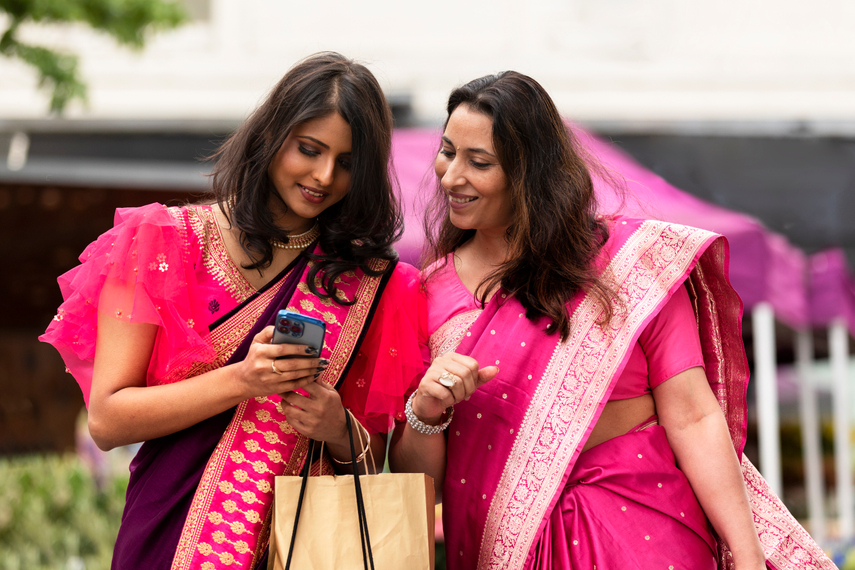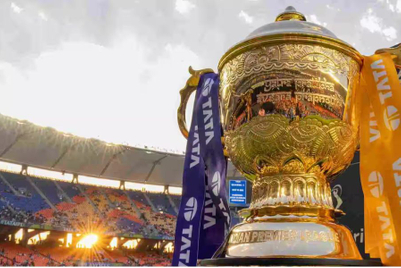
At least three in four citizens (76%) from tier-3 cities in India prefer the in-store shopping mode the most, indicating the high significance of in-store shopping in these markets today. This was revealed in the latest Ipsos IndiaBus Shopping Fiesta Survey 2024.
While examining how India shops during the festivals, it reveals several thought-provoking insights into the shopping preferences of the urban Indian consumers during the ongoing festive season of this year.
According to the study, overall, 56% of urban shoppers chose the in-store mode, followed by 32% preferring a combination of online and in-store shopping, and only 12% preferring the online mode. In fact, while social economic classification (SEC)-A was seen to prefer a combination of the online (23%) and offline (31%) modes of shopping (total: 45%), SEC-C (65%) and SEC-B (62%) consumers preferred in-store shopping only.
Students were seen to prefer a combination of online and in-store (44%) and in-store (44%) modes in equanimity. In-store mode of shopping was seen to be more pronounced among people with limited educational backgrounds (65%) in the east zone (65%) and the north zone (63%).
Festival shopping habits
The survey investigated the shopping habits of the citizens when it comes to festive season sales. It found that shoppers get into the shopping mode a month before the festive season (29%) and peaks around just a week before the festivals (42%). The pattern was found to be similar across demographics.
The survey also probed the key factors influencing the purchase decision. Overall, quality (80%) and price (77%) emerged the biggest considerations in the purchase decisions, followed by discounts (66%) and brand reputation (46%). For the west zone citizens, brand reputation (66%) was placed before discounts (64%).
The enthusiasm factor
Nearly 65% of the citizens polled pan-India claimed to be excited about shopping during the festivals. Higher enthusiasm was observed among those with deeper pockets, higher social strata, and the educated–SEC-A (76%), self-employed (76%), tier-1 (76%), metros (75%), west zone (74%), the people with higher education (72%), tier-2 cities (70%), south zone (68%) and north zone (65%).
The survey found that there is no much difference when it comes to festive shopping enthusiasm among age groups, with 66% respondents belonging to 18-30 years, 66% from 31-45 years age-group, and 64% from the 45+ age group reporting high enthusiasm.
A similar trend could be seen among the cohorts of students (67%), full time parents/ homemakers (64%) and the employed class (62%). Incidentally, even the SEC-B (64%) and SEC-C (59%) classes of citizens could be seen looking forward to spending during festivals. The cities that reported low enthusiasm regarding festival shopping were tier-3 (48%) towns and the east zone (48%).
Describing India’s festive season being akin to a large shopping carnival, Parijat Chakraborty, group service line leader, public affairs, corporate reputation, ESG and CSR, Ipsos India, noted that festivals serve as a strong unifying force that fosters bonding among family members, relatives, friends, and colleagues. Commenting on the festival shopping trends, he said that in-store shopping has its own charm, making it more like a family activity to dress up during the festivals and shop. The citizens from the SEC-C class and tier-3 cities are leveraging the shopping opportunities in in-store mode. According to Chakraborty, the educated and the higher demographics, on the other hand, have been grabbing deals online.
Going for the booty?
Ipsos survey shows that during this year’s festivals, citizens are planning to spend on apparels (89%), sweets and snacks (79%), puja items (74%), dry fruits and chocolates (63%), firecrackers (63%), home décor items (62%), jewellery (42%) and consumer electronics (30%).
Interestingly, dry fruits and chocolates were high up for the west zone citizens (77%), tier-1 cities (73%), and among SEC-A class citizens (73%). Among items of purchase, jewellery was on the shopping list of the citizens of the west zone (68%), SEC-A class (54%), and tier-1 cities (53%).
The west zone citizens are planning to splurge the most across categories including apparel (95%), sweets and snacks (87%), home décor (84%), puja items (83%), firecrackers (78%), dry fruits and chocolates (77%), jewellery (68%), and consumer electronics (59%).
“Money makes the mare go. The rich and the educated do not have to think twice when it comes to pampering themselves with their dream items during festivals; the lower strata have faced a rough patch due to floods and torrential rains. But good monsoons have ensured that the economically weakened have funds to enjoy festivals with apparel, sweets, home décor and other things,” observed Chakraborty.


.jpg&h=334&w=500&q=100&v=20250320&c=1)
.jpg&h=334&w=500&q=100&v=20250320&c=1)

.jpg&h=334&w=500&q=100&v=20250320&c=1)


.jpg&h=334&w=500&q=100&v=20250320&c=1)





.jpg&h=268&w=401&q=100&v=20250320&c=1)



.jpg&h=268&w=401&q=100&v=20250320&c=1)

